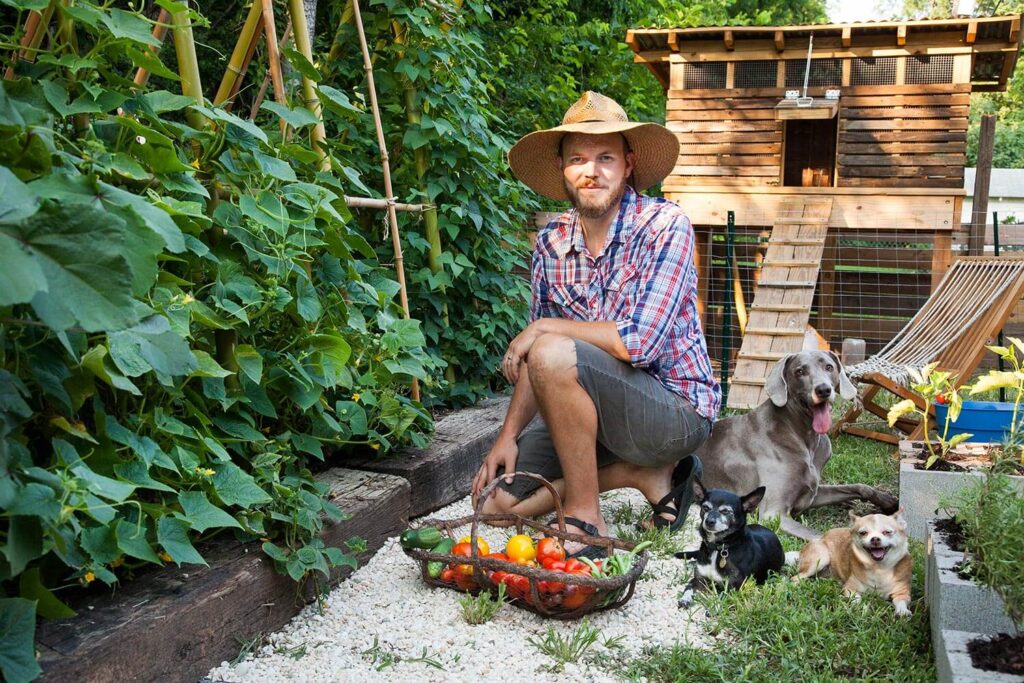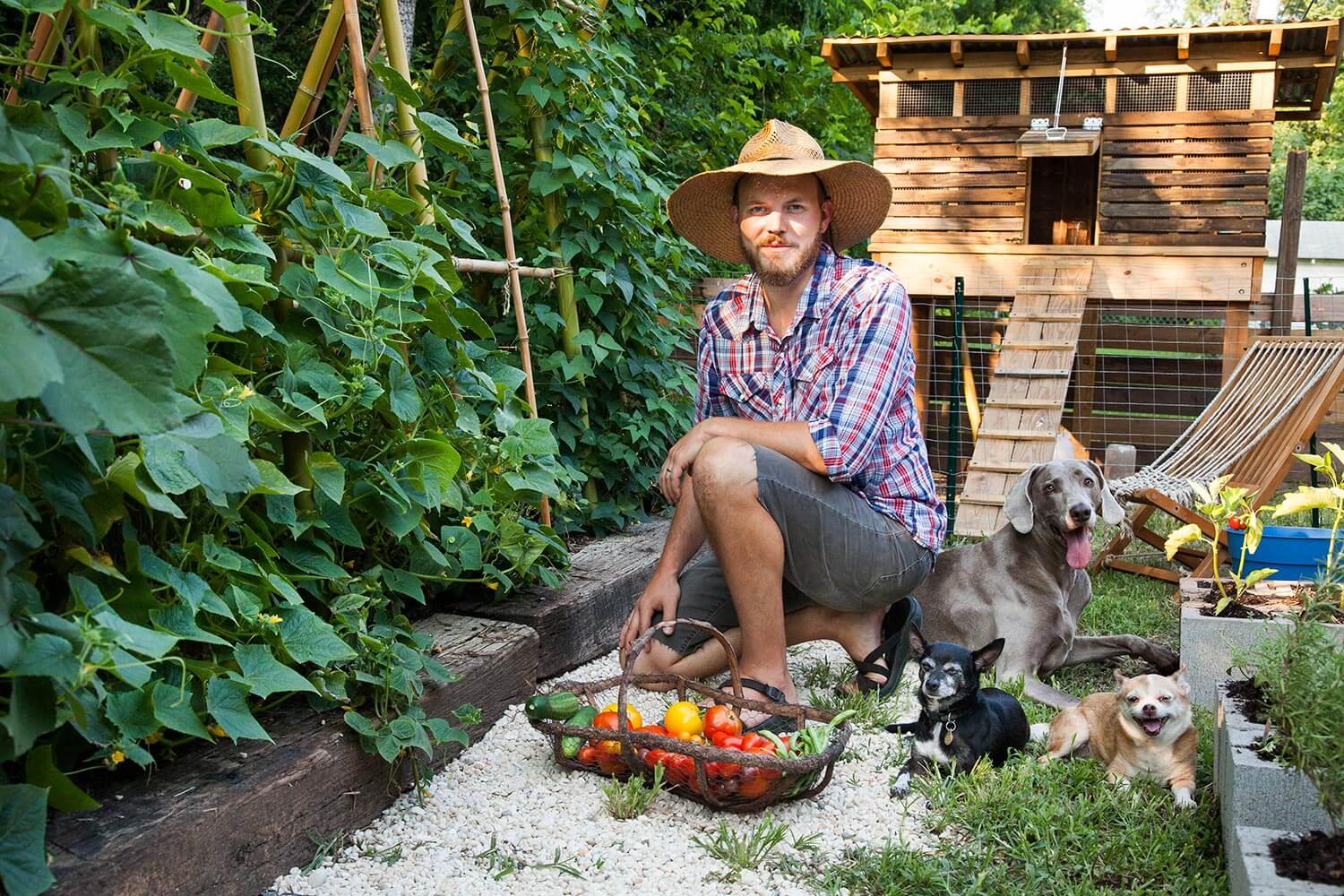
Cultivating Green Sanctuaries: Your Ultimate Organic Garden Blog
Welcome to the definitive resource for all things organic gardening! Whether you’re a seasoned gardener or just starting to dip your toes into the rich soil of sustainable living, this organic garden blog is designed to be your comprehensive guide. We delve into the art and science of growing healthy, vibrant produce without the use of synthetic pesticides or fertilizers. Embrace the journey of nurturing your own green sanctuary, one seed at a time.
Why Choose Organic Gardening?
The benefits of organic gardening extend far beyond just fresh vegetables. It’s a commitment to environmental stewardship, personal health, and a deeper connection to the natural world. By choosing organic methods, you contribute to:
- Healthier Food: Reduce your exposure to harmful chemicals and enjoy nutrient-rich produce.
- Environmental Protection: Minimize pollution and support biodiversity.
- Soil Health: Improve soil structure and fertility through natural processes.
- Sustainable Practices: Create a resilient and eco-friendly garden ecosystem.
Getting Started: Planning Your Organic Garden
Before you even touch a trowel, careful planning is crucial for a successful organic garden. Consider the following factors:
Assessing Your Space
Evaluate the amount of sunlight your garden receives. Most vegetables require at least six hours of direct sunlight per day. Observe the existing soil conditions – is it sandy, clayey, or loamy? A soil test can provide valuable insights into its pH and nutrient content. Understanding your space is paramount for selecting the right plants.
Choosing the Right Plants
Select plants that are well-suited to your climate and soil conditions. Consider starting with easy-to-grow vegetables like lettuce, tomatoes, zucchini, and herbs. Research companion planting – the practice of growing certain plants together to benefit each other. For example, basil repels pests that attack tomatoes, while carrots and onions deter each other’s pests.
Designing Your Garden Layout
Plan your garden layout strategically to maximize space and sunlight exposure. Consider using raised beds, containers, or traditional rows. Ensure adequate spacing between plants to allow for proper air circulation and growth. Proper spacing prevents the spread of diseases. [See also: Companion Planting Guide for Beginners]
Soil Preparation: The Foundation of a Thriving Organic Garden
Healthy soil is the cornerstone of any successful organic garden. Focus on building a rich, fertile soil that supports plant growth and resists pests and diseases.
Composting: Nature’s Recycling System
Composting is an essential practice for organic gardeners. It involves recycling organic waste, such as kitchen scraps, yard waste, and paper products, into a nutrient-rich soil amendment. Compost improves soil structure, water retention, and nutrient availability. It’s the black gold of the organic garden!
Cover Cropping: Green Manure for Your Soil
Cover crops are plants grown specifically to improve soil health. They can be used to suppress weeds, prevent erosion, and add organic matter to the soil. Common cover crops include clover, rye, and buckwheat. Incorporate them into your garden during the off-season to rejuvenate the soil.
Natural Soil Amendments
Enhance your soil with natural amendments such as compost, aged manure, bone meal, and rock phosphate. These amendments provide essential nutrients and improve soil structure. Avoid synthetic fertilizers, which can harm soil microorganisms and pollute the environment. An organic garden thrives on natural processes.
Pest and Disease Management: Natural Solutions for a Healthy Garden
Pests and diseases are inevitable challenges in any garden. However, organic gardeners rely on natural methods to prevent and control these problems without resorting to harmful chemicals.
Integrated Pest Management (IPM)
IPM is a holistic approach to pest management that emphasizes prevention, monitoring, and natural control methods. It involves identifying pests, understanding their life cycles, and implementing strategies to minimize their impact. IPM prioritizes the health of the ecosystem over eradication.
Beneficial Insects: Your Garden Allies
Attract beneficial insects to your garden by providing them with food and shelter. Ladybugs, lacewings, and parasitic wasps prey on common garden pests. Plant flowers like dill, fennel, and yarrow to attract these beneficial insects. A healthy organic garden is a balanced ecosystem.
Natural Pest Control Methods
Use natural pest control methods such as handpicking pests, using insecticidal soap, and applying neem oil. These methods are effective against many common garden pests without harming beneficial insects or the environment. Diatomaceous earth is another effective tool for controlling crawling insects. [See also: Identifying Common Garden Pests]
Disease Prevention
Prevent diseases by providing plants with proper air circulation, avoiding overhead watering, and practicing crop rotation. Choose disease-resistant varieties and remove infected plants promptly to prevent the spread of disease. A thriving organic garden requires proactive disease management.
Watering and Feeding: Nurturing Your Plants
Proper watering and feeding are essential for healthy plant growth. Organic gardening emphasizes sustainable water management and natural fertilization techniques.
Watering Techniques
Water deeply and infrequently to encourage deep root growth. Use a soaker hose or drip irrigation to deliver water directly to the roots, minimizing water waste and preventing foliar diseases. Avoid overwatering, which can lead to root rot. An organic garden thrives with efficient water usage.
Organic Fertilizers
Feed your plants with organic fertilizers such as compost tea, fish emulsion, and seaweed extract. These fertilizers provide essential nutrients in a slow-release form, promoting healthy growth without the risk of nutrient burn. Avoid synthetic fertilizers, which can disrupt soil health and pollute waterways. A well-fed organic garden is a productive garden.
Harvesting and Enjoying Your Organic Bounty
Harvesting your own organic produce is one of the most rewarding aspects of organic gardening. Enjoy the fresh, flavorful taste of homegrown vegetables, fruits, and herbs.
Knowing When to Harvest
Harvest vegetables at their peak ripeness for the best flavor and nutritional value. Research the specific harvesting guidelines for each vegetable. For example, tomatoes should be fully colored and slightly soft to the touch, while lettuce should be harvested before it bolts. Timing is everything in an organic garden.
Preserving Your Harvest
Preserve your harvest through canning, freezing, drying, or fermenting. These methods allow you to enjoy your homegrown produce year-round. Share your bounty with friends and neighbors to spread the joy of organic gardening. [See also: Simple Canning Recipes for Beginners]
The Future of Organic Gardening
Organic gardening is more than just a trend; it’s a movement towards a more sustainable and healthier future. By embracing organic practices, we can protect our environment, improve our health, and create a more resilient food system. This organic garden blog will continue to provide you with the knowledge and resources you need to succeed in your own organic gardening journey.
Conclusion: Embrace the Organic Gardening Lifestyle
Cultivating an organic garden is a journey of learning, discovery, and connection. It’s a way to reconnect with nature, nourish your body, and contribute to a healthier planet. We hope this organic garden blog has inspired you to embrace the organic gardening lifestyle. Happy gardening!

